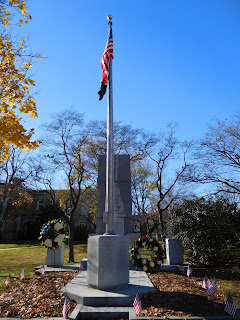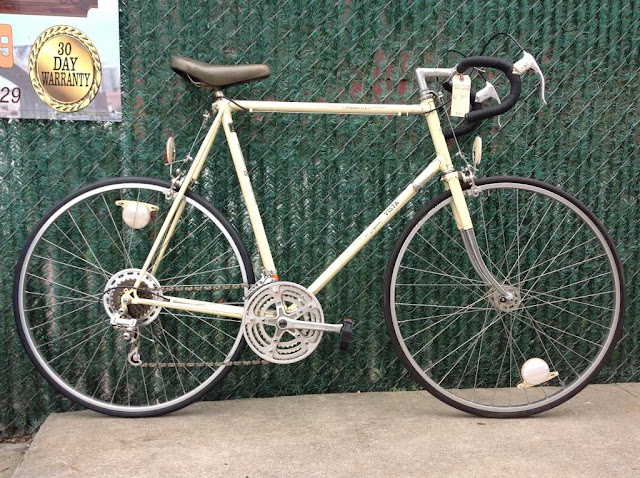As if we don't have enough orgies of consumerism!
Now, I am not going to get all self-righteous on you for not participating in the one that took place today. I am referring to this thing we have here in the US called Black Friday.
This day is premised on this notion: Consumito ergo sum. Or Shopito ergo sum. Which would Rene Descartes find more appalling: This spectre of gluttony--or my Latin?
It seems that BF became an "event" or a de facto holiday just before "reality TV" and "selfies" came along. Somehow I think that BF is the prototype of both: It's one of those things people do to say they are: they are part of this time, this place, this culture. It's like leaving an "I was here" graffito, and is just as ephemeral: The moment that credit card transaction is approved and the flat-screen TV or whatever is brought home, the moment, the fact of having been there, means nothing.
I guess none of this should surprise me when I recall that all of those so-called journalists are really nothing more than cheerleaders for one grotesquerie or another: an invasion, bad behavior by a celebrity or an "election" in which people vote--if indeed they vote--for one candidate only because they have fueled with enough hate, or simply disdain, for the other candidate.
Of course, I don't mean to blame what Black Friday has become on journalists, any more than I blame them for wars, natural disasters or even Kanye West and Kim Kardashian. They--most of them, anyway--are products of the same culture that gives us Kanyashian and selfies and Black Friday. Therefore, they have learned to do nothing more and nothing less than what others have learned: You validate yourself (or at least feel that you're doing so) by promoting yourself, buying stuff or getting other people to buy stuff.
And that stuff almost never includes quality bicycles. Or, if it does, they are buying a brand because they heard somewhere that it's the "best" brand--or it simply happens to be en vogue. Almost any bicycle purchased on Black Friday comes from a "big box" store, will be under a Christmas tree in four weeks and in a landfill in four years, if not four months. The excitement of having gotten a "great deal" on it will have long passed.
Now, I am not going to get all self-righteous on you for not participating in the one that took place today. I am referring to this thing we have here in the US called Black Friday.
This day is premised on this notion: Consumito ergo sum. Or Shopito ergo sum. Which would Rene Descartes find more appalling: This spectre of gluttony--or my Latin?
It seems that BF became an "event" or a de facto holiday just before "reality TV" and "selfies" came along. Somehow I think that BF is the prototype of both: It's one of those things people do to say they are: they are part of this time, this place, this culture. It's like leaving an "I was here" graffito, and is just as ephemeral: The moment that credit card transaction is approved and the flat-screen TV or whatever is brought home, the moment, the fact of having been there, means nothing.
 |
| A Black Friday "bargain.... |
I guess none of this should surprise me when I recall that all of those so-called journalists are really nothing more than cheerleaders for one grotesquerie or another: an invasion, bad behavior by a celebrity or an "election" in which people vote--if indeed they vote--for one candidate only because they have fueled with enough hate, or simply disdain, for the other candidate.
Of course, I don't mean to blame what Black Friday has become on journalists, any more than I blame them for wars, natural disasters or even Kanye West and Kim Kardashian. They--most of them, anyway--are products of the same culture that gives us Kanyashian and selfies and Black Friday. Therefore, they have learned to do nothing more and nothing less than what others have learned: You validate yourself (or at least feel that you're doing so) by promoting yourself, buying stuff or getting other people to buy stuff.
 |
| ...and another |
And that stuff almost never includes quality bicycles. Or, if it does, they are buying a brand because they heard somewhere that it's the "best" brand--or it simply happens to be en vogue. Almost any bicycle purchased on Black Friday comes from a "big box" store, will be under a Christmas tree in four weeks and in a landfill in four years, if not four months. The excitement of having gotten a "great deal" on it will have long passed.





































